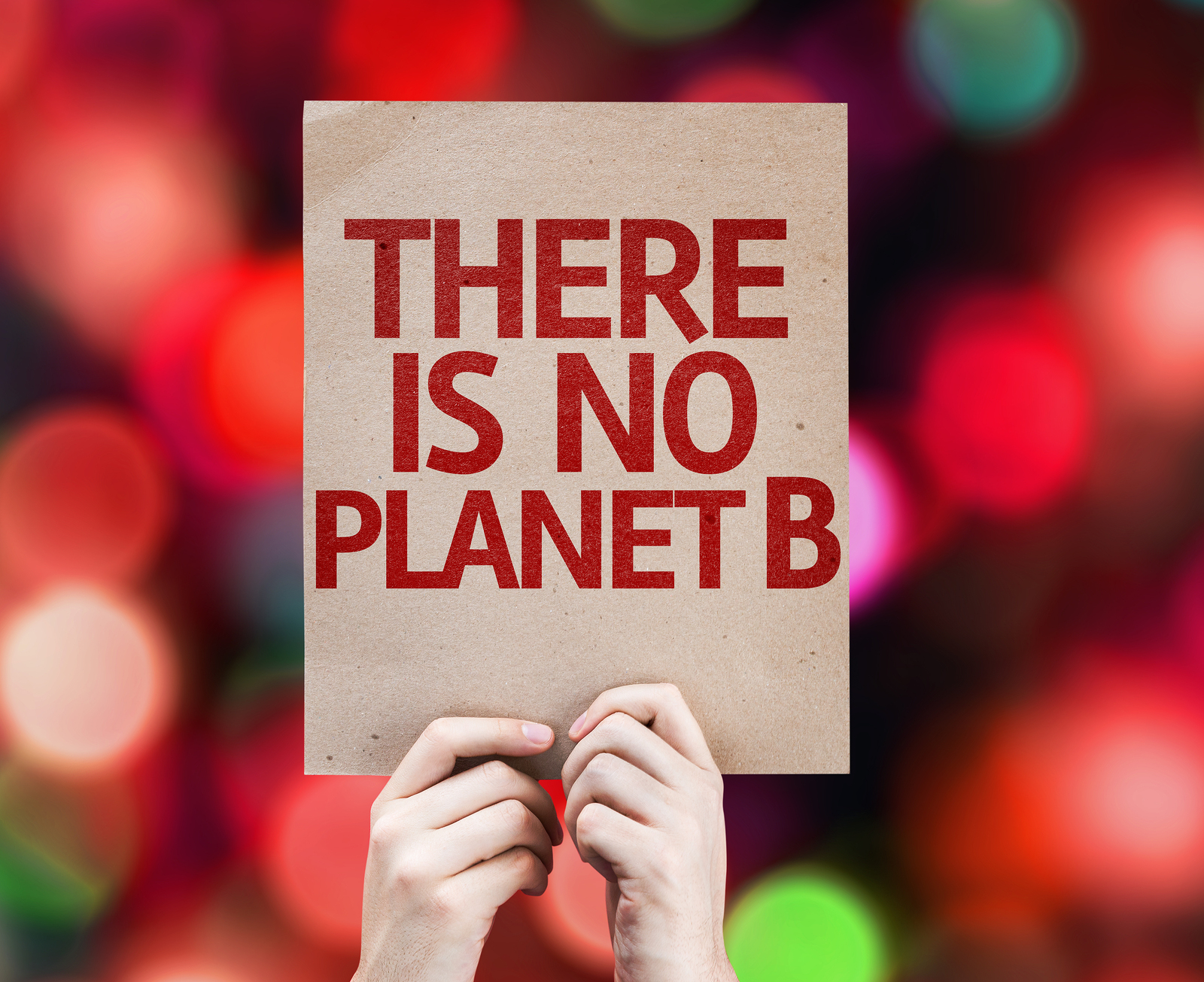Nature Book Week
This week is Nature Book Week - an initiative from the Wilderness Society. In honour of Nature Book Week, we’re taking the chance to delve into some of our favourite children’s books that celebrate our connection to the natural world. What are your favourites?
Do you recognise any of these favourites?
Naturopolis

Kids are great at spotting nature that we’d otherwise walk right past (butterflies, mushrooms, spiders…). Melbourne mum and Australian Parents for Climate Action member Deborah Frenkel brings this concept to life beautifully in her debut picture book Naturopolis.
“Look closer, look with care and you may find a forest.... Among the steel and stone canyons of the city, nature flourishes in tiny, tenacious ways. Follow the ant (Iridomyrmex purpureus) to discover the scraps of wilderness hiding in plain sight in this lyrical celebration of urban flora and fauna.”
Featuring stunning hand-painted illustrations by Ingrid Bartkowiak, this is the perfect book for city-dwelling families who are keen to connect with nature each day.
Welcome to Country
“Welcome to the lands of the Wurundjeri people. The people are part of the land, and the land is a part of them.”
“We invite you to take a leaf from the branches of the white river gum. If you accept a leaf, and we hope you do, it means you are welcome to everything, from the tops of the trees to the roots of the earth. But you must only take from this land what you can give back.”

We love this Welcome to Country by Aboriginal elder Aunty Joy Murphy. It features beautiful artwork by Lisa Kennedy, who grew up near Melbourne’s Maribyrnong River. The book teaches generosity, respect for Aboriginal culture and caring for Country.
Bilby Moon
“Each night when Little Bilby leaves her burrow she looks up to greet the moon. Each night the big round moon looks down and smiles. But one night a piece of the moon is missing.”

Intrigued, Bilby sets out across the desert to investigate. Along the way, she meets an interesting cast of Australian animals — Hopping Mouse, Sand-Dragon, Mole, Echidna, little Froglet and Boobook Owl.
This gentle bedtime story by Margaret Spurling teaches kids about Australia’s unique wildlife and the natural cycles of the moon. The illustrations by Danny Snell capture the beauty of the desert at night.
Rivertime
This graphic novel tells the story of 10-year old Clancy who embarks on a boat trip with his uncle down the Glenelg River. Clancy is initially reluctant. However, once he’s out amongst nature, Clancy finds himself having a much better time than he expected (relate?!).
“It makes me feel so small, but part of it all… and I realise how glad I am to be right here”.

We get an insight into the river, its inhabitants and the different species of birds. Trace Balla’s story is simple, but the illustrations are intricate – children will delight in uncovering the detail on each page.
Suitable for all ages, this is a story about slowing down, respecting nature, and learning to be at one with the natural world.
The Lorax
Published over 50 years ago in 1971, this classic fable teaches about the dangers of greed, capitalist / consumer culture and ecological destruction. Dr Seuss deemed it his best work.

“I speak for the trees,” says the Lorax, who is trying to save the colourful Truffula trees from the Once-ler – a greedy entrepreneur who’s intent on turning them into “thneeds” (“a fine-something-that-all-people-need”). As the trees are decimated, the Brown Bar-ba-loots’ and Swomee-swans’ once idyllic environment is turned into a wasteland.
It’s kind of bleak – but it finishes with an inspiring and never-more-pressing call to action:
“Unless someone like you cares a whole awful lot, nothing is going to get better. It’s not.”
“Nature book week is a time for readers of all ages to celebrate nature writing in its many forms—from science writing to poetry, fiction and non-fiction.” - naturebookweek.com
There are many events happening across the country (check them out here).
Share Tweet



